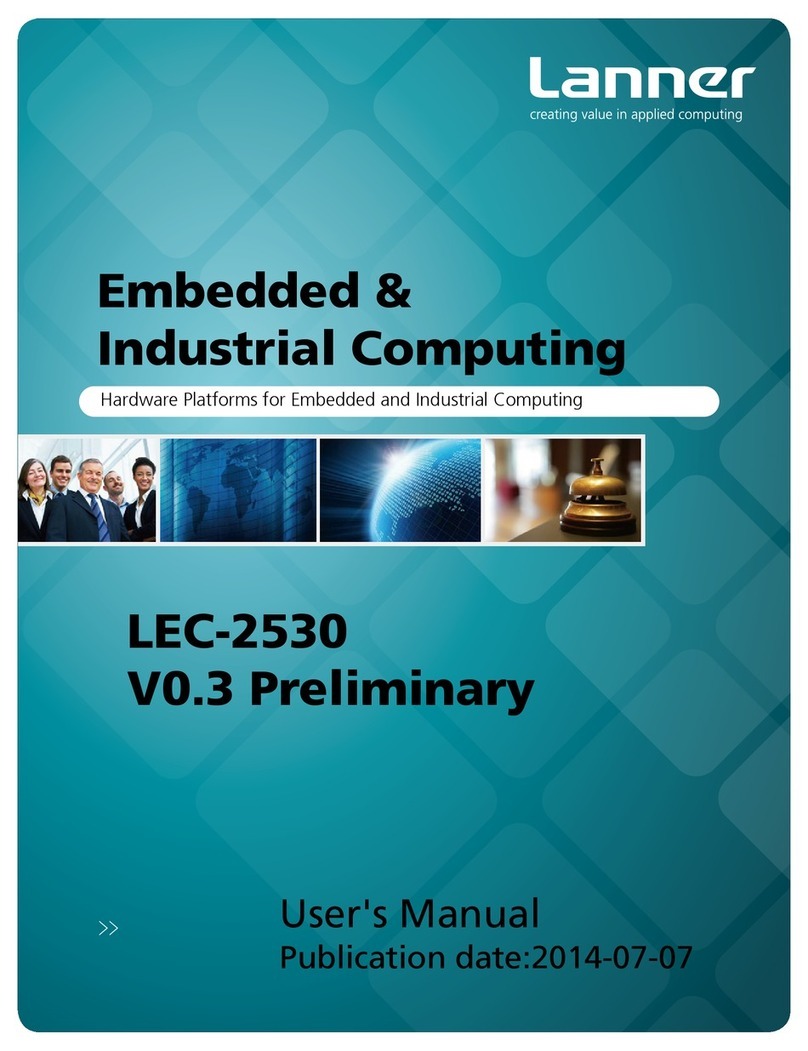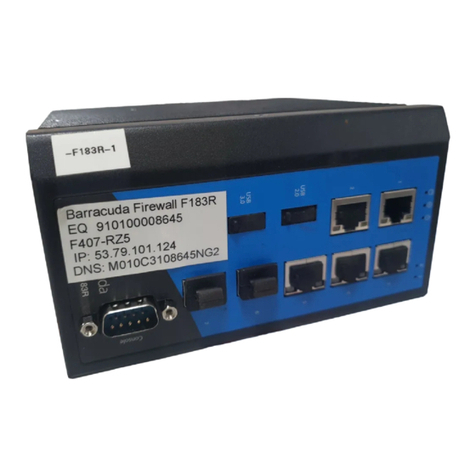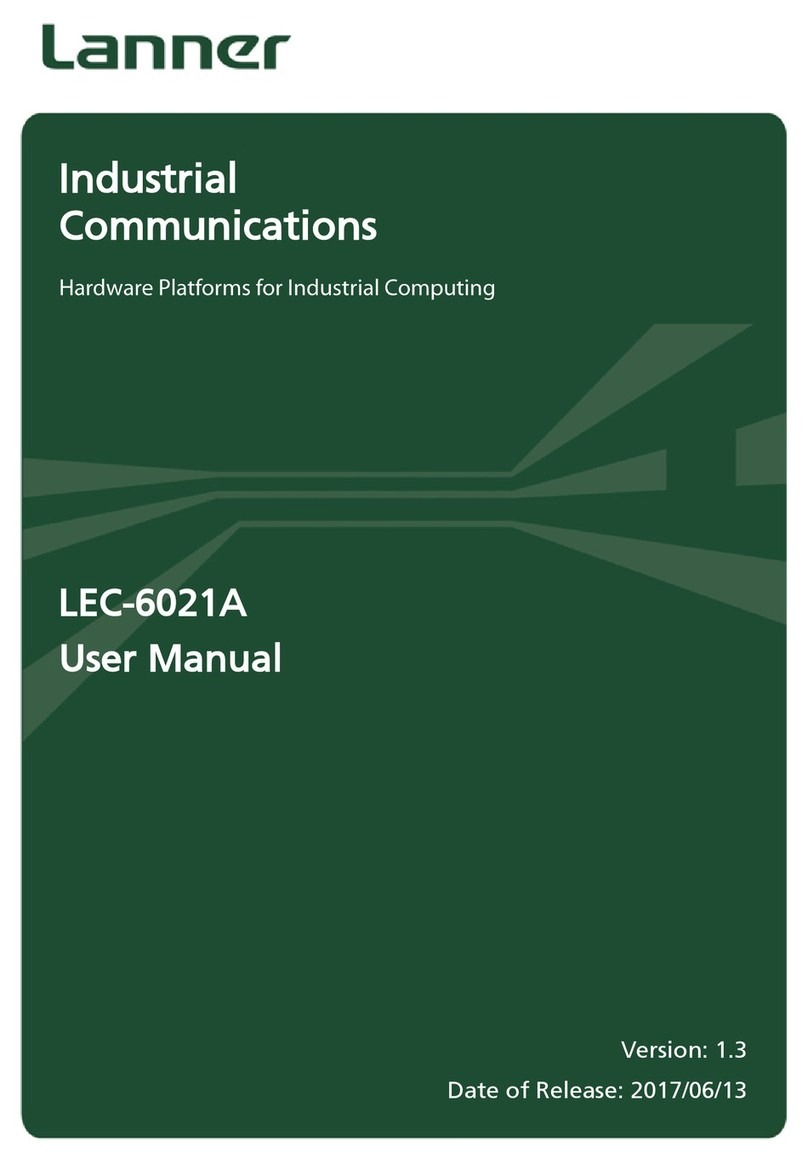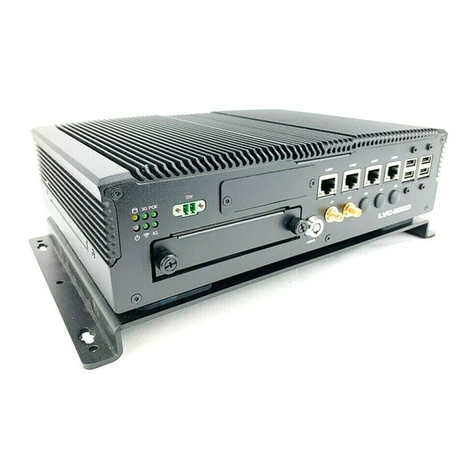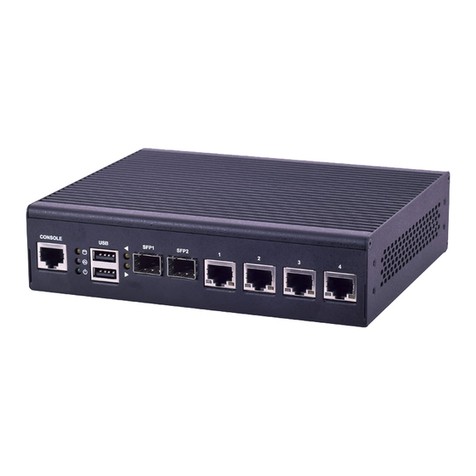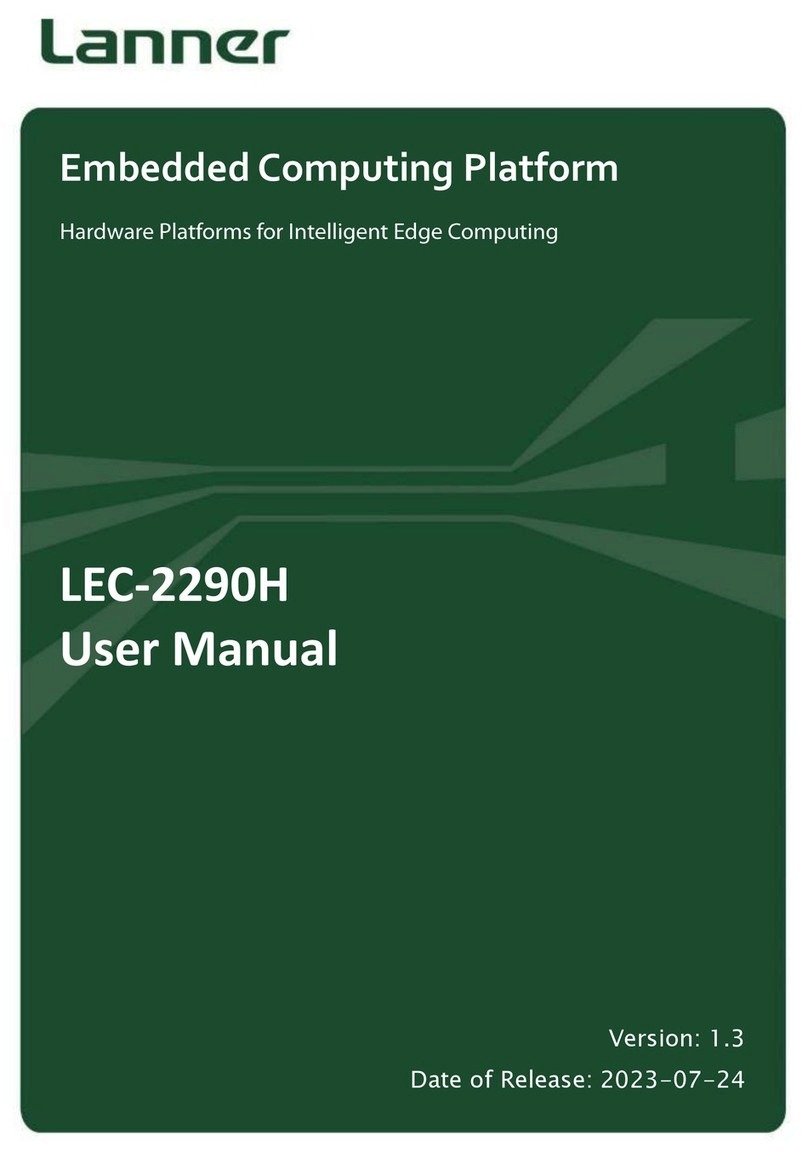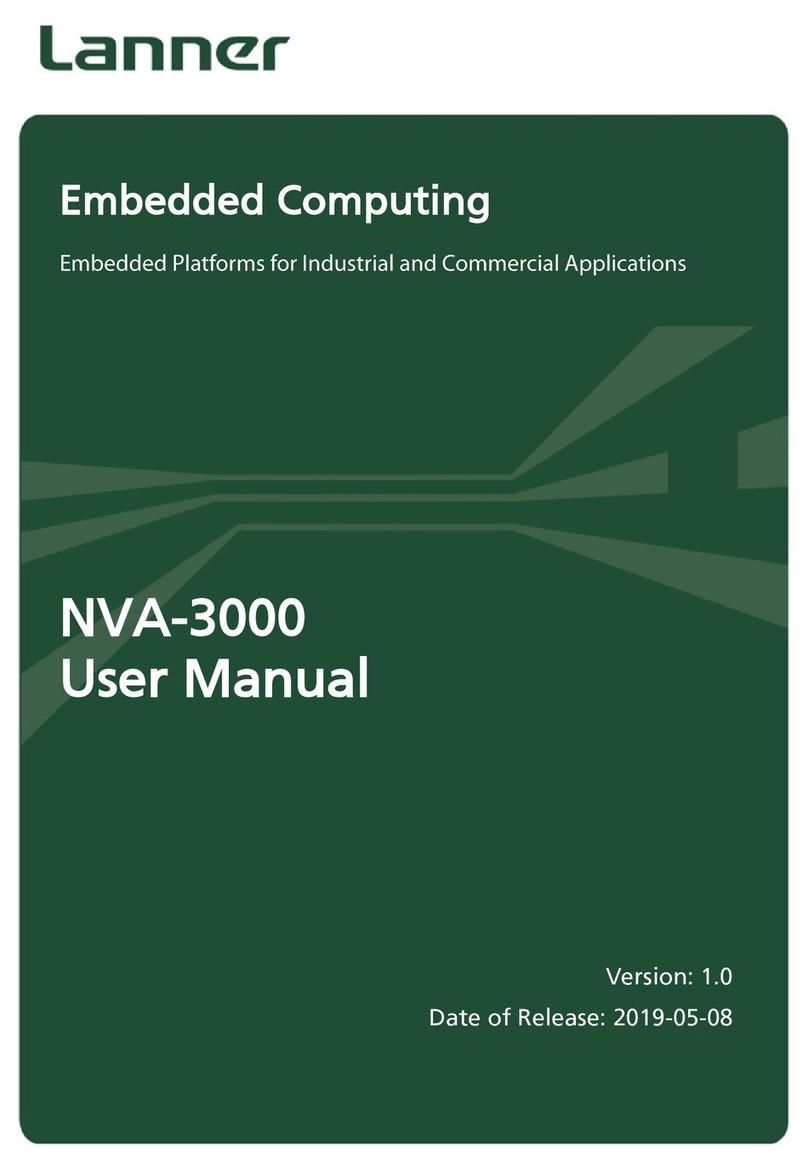
5
Introduction
Chapter 1
Embedded and Industrial Computing
Chapter 1:
Introduction
Thank you for choosing the LVC-5550S. The LVC-5550S is
an ultra-robust embedded system which equips with a
suspension kit to eliminate shock and vibration when is
it installed on a moving transportation system.
The system encompasses a wide variety of communication
ports to facilitate every possible in-vehicle applications
including surveillance, event data recorder and the GPS
system. It also features an external HDD drive for easy
insertion of the HDDs. The following list highlights the
capabilities of the LVC-5550S system:
1x Mic-in and Line-out (for PC)•
One Digital I/O port for digital input and output•
connections
Rich I/O ports: 2 RS-232/422/485 and 1 RS-232, 2 LAN•
ports, 4 USB ports, Digital input/output ports
Triple video display: LVDS (optional) and DVI-D and•
VGA output with Intel graphic engine GMA 3650
Power ignition control mechanism with programmable•
on/off/delay switch
Wide range of DC power input from 9V to 30V, suitable•
for vehicular 12V or 24V battery with Ignition control.
–Power input current protection by the 10A fuse and
15KP30A TVS
--12V DC output current protection by the 1A Polyfuse
Battery voltage protection: Over Voltage Protection•
and Under Voltage Protection
Standby power consumption are well under 12V/12mA
and 24V/10mA
Extended operating temperature between -5ºC ~ 45•
ºC (23 ~ 113ºF)
System Specification
Dimensions (WxHxD) 268x84x190mm
(10.55”x3.31”x7.48”)
Processor Intel Atom D2550 Processors
Chipset Intel NM10
System
Memory
Technology DDR3 SODIMM x1
Max. Capacity Up to 4GB
Storage IDE CF socket Type I/II x1
SATA External 2.5” SSD/HDD drive bay
Ethernet Controller Intel 82583V x2
Graphic Controller Intel integrated GMA3650 engine
Audio Controller Realtek ALC886 HD Codec
IO
LAN GbE RJ45 x2
Display
DB15 x1 for VGA, DVI-D x1, Op-
tional LVDS (integrating USB,
12V and remote power switch)
Audio 1x Mic-in and Line-out (for PC)
Serial I/O
DB9 Male x2 supports RS-232/485
with RI/5V/12V
DB9 Male x1 supports RS-232
GPS U-blox NEO-6Q GPS
Digital I/O
4x DI 12V Level
3x DO 12V Level
2x DI (from MCU) 3.3V Level, 1x
relay (2A, 12V/24V)
USB 2.0 Type A x4
Power Input 3-pin terminal block (+, -, ignition)
Expansion
Mini-PCIex3 (full-size Mini-PCIe
socket x2 and half-size Mini-PCIe
socket x1)
Others 3x SMA antenna hole
Power Input
DC Input: 9~30V for +12V-level and
+24V-level car battery
Ignition Control: Support igni-
tion on/off and delay Power-on/
off system, time frame by software
setting
Remote power-on via DI (from MCU)
detection
Power Output 12V (Max 1A)
AC Adapter Ordering Option
Hardware Monitor Fintek F81865 integrated watchdog
timer 1~255 level
OS Support XPE/WES2009, XP Pro FES, WS7E,
WS7P, Win 7 Pro FES
Certications CE, FCC Class A, E13, RoHS
Compliance Vibration & Shock: MIL-STD-810G

